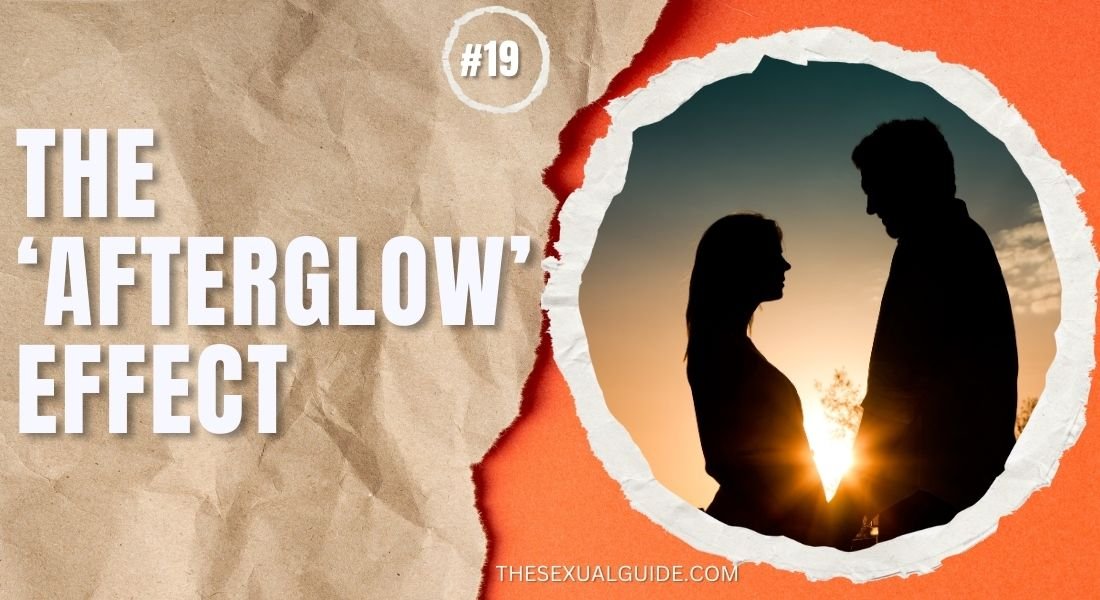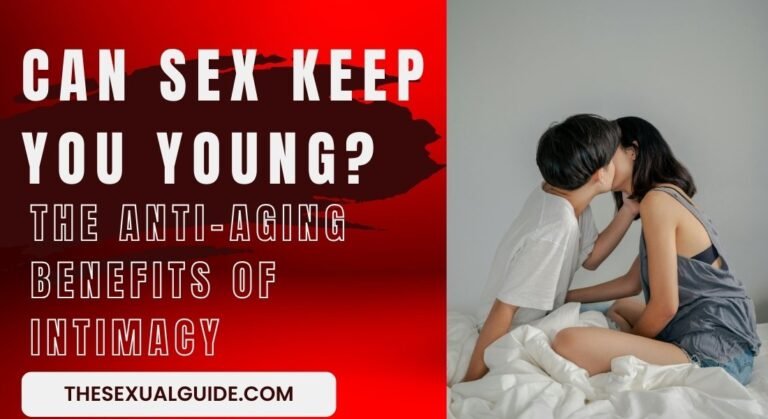The ‘Afterglow’ Effect: How Post-Sex Oxytocin and Dopamine Enhance Mood and Relationships
Intimacy extends beyond the physical act, leaving a lasting impression known as the ‘afterglow.’
This phenomenon plays a crucial role in strengthening emotional bonds between partners.
Understanding the science behind the afterglow can offer insights into enhancing relationship satisfaction and overall well-being.
The Science Behind the Afterglow
After sexual activity, the body releases a surge of hormones, notably oxytocin and dopamine, which contribute to the afterglow effect.
Oxytocin: The Bonding Hormone
Often dubbed the ‘love hormone,’ oxytocin is pivotal in fostering trust and emotional closeness.
Released during intimate moments, it enhances feelings of attachment and security between partners.
This hormone not only deepens emotional connections but also promotes empathy and trust, essential components of a healthy relationship.
Dopamine: The Pleasure Messenger
Dopamine, a neurotransmitter associated with the brain’s reward system, is responsible for feelings of pleasure and satisfaction.
The release of dopamine during sexual activity reinforces the desire to seek out these rewarding experiences, thereby strengthening the bond between partners.
The Impact on Mood and Relationship Satisfaction
The combined release of oxytocin and dopamine during sexual activity has several positive effects:
- Enhanced Mood: The surge of these hormones promotes feelings of happiness and contentment, reducing stress and anxiety levels.
- Strengthened Bonding: Elevated oxytocin levels increase trust and emotional closeness, deepening the connection between partners.
- Increased Relationship Satisfaction: The lingering afterglow can lead to greater long-term relationship satisfaction, as partners feel more connected and valued.
A study published in Psychological Science found that the afterglow effect can last up to 48 hours after sexual activity, contributing to long-term relationship satisfaction.
Erectile Dysfunction (ED) and Its Impact on the Afterglow
Erectile dysfunction (ED) can hinder the experience of the afterglow effect, affecting both partners’ mood and relationship satisfaction.
ED is a common condition that can stem from various causes, including physical health issues, psychological factors, or a combination of both.
Common Causes of ED:
- Physical Factors: Conditions such as diabetes, cardiovascular disease, and hormonal imbalances can contribute to ED.
- Psychological Factors: Stress, anxiety, and depression can also play a significant role in the development of ED.
Addressing ED to Enhance Relationship Satisfaction
Managing ED effectively can help restore intimacy and the associated afterglow effect, thereby improving relationship satisfaction.
Various treatment options are available, depending on the underlying cause:
- Lifestyle Modifications: Regular exercise, a balanced diet, and quitting smoking can improve overall health and reduce ED symptoms.
- Medical Treatments: Medications such as phosphodiesterase type-5 inhibitors (e.g., sildenafil, tadalafil) are commonly prescribed to treat ED.
- Therapy: Counseling or sex therapy can be beneficial, especially when psychological factors contribute to ED.
For those seeking reliable solutions for ED, LibidoDepot offers a range of trusted treatments tailored to individual needs.
Conclusion
The afterglow effect, driven by the release of oxytocin and dopamine during sexual activity, plays a vital role in enhancing mood and strengthening relationships.
Addressing issues like ED is essential to fully experience these benefits and maintain a satisfying emotional connection with your partner.
Want to learn more? Visit LibidoDepot for trusted solutions.
FAQs: The ‘Afterglow’ Effect
1. What is the ‘Afterglow’ effect in sexuality?
The ‘Afterglow’ effect refers to the lingering feelings of intimacy, satisfaction, and emotional connection experienced after sexual activity. It can enhance relationship bonding and overall well-being.
2. How long does the ‘Afterglow’ effect last?
The duration varies between individuals and relationships, but research suggests it can last from a few hours to up to two days, helping strengthen emotional and psychological intimacy.
3. What factors influence the intensity of the ‘Afterglow’ effect?
Emotional connection, frequency of sexual activity, satisfaction levels, and overall relationship health play key roles in determining the strength of the afterglow experience.
4. Can the ‘Afterglow’ effect improve relationships?
Yes, studies suggest that couples who experience a stronger afterglow tend to report higher relationship satisfaction and emotional closeness over time.
References
- Why Afterglow Is the Most Important Part of Sex
- Sexual 'Afterglow,' and Why It Matters So Much
- Quantifying the Sexual Afterglow: The Lingering Benefits of Sex and Their Implications for Pair-Bonded Relationships
- A 48-Hour Sexual ‘Afterglow’ Helps to Bond Partners Over Time
- The Science Of Sex's 'Afterglow'






